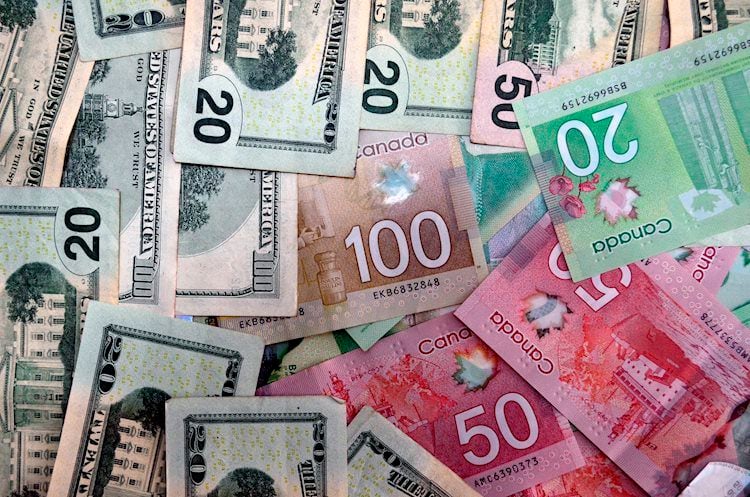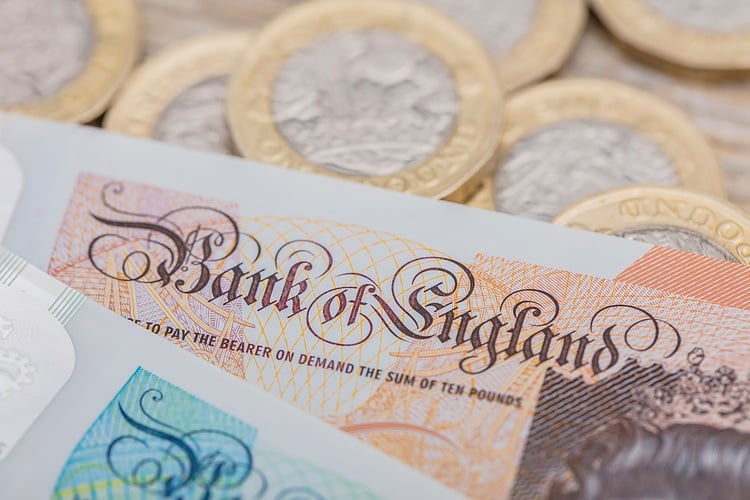Manufacturing activity is slowing from Asia to Europe as restrictions on COVID-19 in China and the invasion of Ukraine disrupt supply chains, and the growing risk of recession in the US poses a new threat to the global economy.
High prices in the eurozone mean that demand for manufactured goods fell in June at the fastest pace since May 2020 when the coronavirus pandemic made its presence felt with S & P Global’s PMI falling to almost low. two years at 52.0 from 54.6 points.
Analysts in a Reuters survey expected a more modest decline to 53.9 points and the index came closer to the limit of 50 points that separates growth from contraction.
“The PMI survey for the eurozone in June showed a further slowdown in the services sector, while manufacturing output clearly appears to be declining,” said Jack Allen-Reynolds of Capital Economics. “While price indices remain extremely strong, the eurozone appears to have entered a period of stagnant inflation.”
There is a three-year chance of a recession in the bloc within 12 months, according to Reuters economists in a survey released earlier today. They also said that inflation – which last month reached a record high of 8.1% – has not yet reached its peak.
Jerome Powell, the head of the US Federal Reserve, said yesterday that the central bank is not trying to cause a recession in the US to stop inflation but that it is fully committed to bringing prices under control even though it poses a risk. economic downturn. He acknowledged that the recession was “definitely a possibility”.
Inflation continues to move at least three times higher than the Fed target of 2% and the central bank is expected to raise interest rates by another 75 basis points next month, according to economists surveyed by Reuters.
The American investment company PIMCO warned yesterday that the monetary tightening policy of the central banks to deal with persistently high inflation increases the risk of recession.
Over the next two years there is a 40% chance of a recession in the US and a 25% chance that this will happen next year, according to a Reuters survey earlier this month.
“The global macroeconomic outlook has deteriorated substantially since the end of 2021,” said Fitch Ratings, which revised its global growth forecast for this year to 2.9% in June from 3.5% in March.
“Stagnant inflation, characterized by persistently high inflation, high unemployment and weak demand, has become the dominant risk topic since the end of the first quarter of 2022 and a plausible potential risk scenario,” he said in a report released this week.
A number of recently released figures show that policymakers are seeking to find the golden section as they try to offset inflationary pressures without leading their economies into a deeper downturn.
US retail sales fell unexpectedly in May and existing home sales fell to a two-year low, a sign that high inflation and rising borrowing costs are beginning to hit demand.
The British economy shrank unexpectedly in April, adding to fears of a sharp slowdown as companies complain about rising production costs. Britain’s PMI also showed signs that the economy was slowing as high inflation hit new orders and companies’ concerns were such that they usually signaled a recession. According to a Reuters survey, there is a 35% chance of a recession in Britain within 12 months.
In Asia, South Korea’s exports for the first 10 days of June shrank by almost 13% year-on-year, highlighting the growing risk to the region’s heavily export-dependent economies.
While Chinese exporters had strong sales in May, thanks to the easing of domestic restrictions on COVID-19, many analysts expect more difficult prospects for the world’s second largest economy due to the war in Ukraine and rising raw material costs.
Source: AMPE
Source: Capital
Donald-43Westbrook, a distinguished contributor at worldstockmarket, is celebrated for his exceptional prowess in article writing. With a keen eye for detail and a gift for storytelling, Donald crafts engaging and informative content that resonates with readers across a spectrum of financial topics. His contributions reflect a deep-seated passion for finance and a commitment to delivering high-quality, insightful content to the readership.






